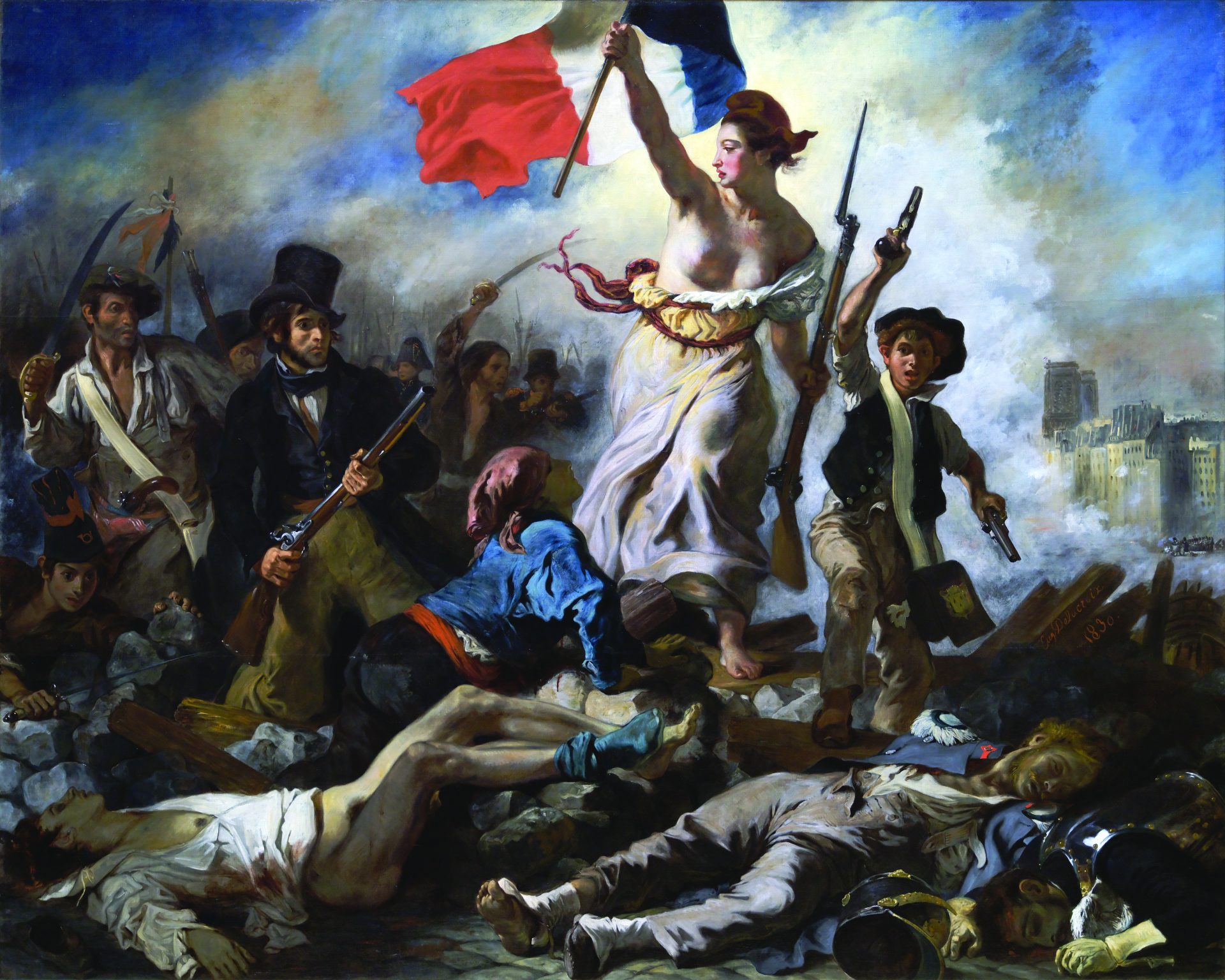
A last gasp of sorts—or maybe a sputter—The Devil Gets His Due collects fifty years’ worth of criticism from that other rebellious Jewish literary son of Newark, Leslie Fiedler. Once the bad boy of cultural crit, Fiedler today seems quaint, which isn’t exactly his fault. By now, everybody—or at least everybody acquainted with cultural studies—knows what was really going on between Ishmael and Queequeg, but Fiedler was there first in 1948, when he argued for the centrality of the homoerotic male bond and the “dark skinned beloved” to American literature in “Come Back to the Raft Ag’in, Huck Honey!”
Fiedler’s insights at the time were scandalous, but today the piece seems almost like a prank. Perhaps its author intended it that way. The essay is included in the new collection as a marker, though the editor, Samuele F. S. Pardini, hasn’t done Fiedler any great service. The rest of these leavings, culled from Fiedler’s occasional journalism, are pretty tame by comparison. Certainly, there’s nothing as outrageous as the critic’s infamous 1953 Encounter article on Julius and Ethel Rosenberg, in which he practically danced on the couple’s graves. Even Sidney Hook thought the piece was over the top.
Though Pardini has included some writings on Vietnam, the political Fiedler is a muted presence in The Devil Gets His Due. There are genteel meditations on the necessity of amateur criticism and on style and antistyle in the short story, and shorter notices on J. D. Salinger, Robert Penn Warren, Edmund Wilson, and Philip Rahv, among others, though Fiedler’s forte was the big-picture essay, not the modest review. Pardini writes in his introduction that he hopes these selections will showcase “the vitality and life in [Fiedler’s] voice,” but I’m not sure there was much to begin with. For all of Fiedler’s brazen clowning, his insistent need to stir things up, his fondness for the startling generalization, he was an often-ponderous stylist who wrote few memorable phrases.
What is of interest about this collection is the way it highlights the evolution of Fiedler’s thinking about American culture. Fiedler, who died in 2003, was forever saying good-bye to all that—his signature gesture, you might say, was the disavowal. Whether it was the anguished hopes of liberalism or the tradition of modernism and the “art novel,” as he called it, Fiedler found himself out of sympathy. Though he compulsively returned to James Fenimore Cooper, Harriet Beecher Stowe, and Mark Twain, Fiedler practically welcomed the collapse of traditional, book-bound highbrow culture. (Wish fulfilled, Leslie!) For him, ever interested in the propagation of myth and archetype, the purportedly debased products of mass culture—pulps, westerns, B movies, sci-fi, historical romances—were, in fact, the real thing. Ultimately, his project wasn’t about hidebound Pound and Eliot; any living canon, he thought, must include Margaret Mitchell, Edgar Rice Burroughs, and Alex Haley.
As he explains in the 1979 title essay, popular literature is vital in that it doesn’t need words at all: “It is characteristic of popular literature that it changes its medium because it never really belonged to any medium to begin with. Popular litera-ture is not ‘words on the page,’ as some critics would have us believe. Like all literature it is finally, essentially, images in the head.” In another essay, Fiedler writes of how literature is “not words at all, but something beyond, behind, before, above or below words.” He didn’t give a fig for the words on the page—the rhetoric of fiction didn’t interest him—which partly explains how he could defend Cooper, a writer with an infamously bad style.
In an essay titled “The Problem of the Good Bad Writer”—a problem well worth reckoning with—Fiedler blames New Criticism for fetishizing the text and blinding us to what Cooper’s tales of paleface and redskin on the colonial frontier tell us about ourselves. For the historian, Fiedler concedes, Cooper is “of no value whatsoever.” But this is also, he claims, to miss the point about Cooper’s understanding of the charged encounter between Indian and European, for “to understand the mythological grid through which the original European conquerors and settlers perceived that conflict, and through which, willy-nilly, we all still perceive both it and any further imperialist ventures (the recent war in Vietnam, for instance) which can be assimilated to it in our deep imaginations, he is very valuable indeed.”
Fiedler was fond of quoting a nugget from William S. Burroughs about a toxin that would destroy “all those who think they are right.” Fiedler found that toxin in the literature he valued. In a valuable passage from this collection, he writes of why literature, properly understood, is necessarily subversive: “On deeper archetypal levels (and all literature which survives its historical moment is rooted in archetypes), it prepares for change by expressing the otherwise unconfessed dark side of our ambivalence: chiefly our hatred and fear of the Other. That Other is, though customarily defined in terms of race, gender, generation, or class, a projection of all that is unredeemably alien in the depths of our own psyches [emphasis mine].”
Much of The Devil Gets His Due isn’t devilish at all, but the anthology at least closes with Fiedler trying to make us squirm. Taking on the taboo subject of “Jerry’s Kids,” Fiedler places Jerry Lewis’s notorious muscular-dystrophy telethons in the long Western tradition of comedy at the expense of the handicapped. It’s a daringly argued essay, and his welcome defense makes an easily misunderstood comic genius intelligible, and even sympathetic.
Matthew Price is a writer based in Brooklyn, NY.






